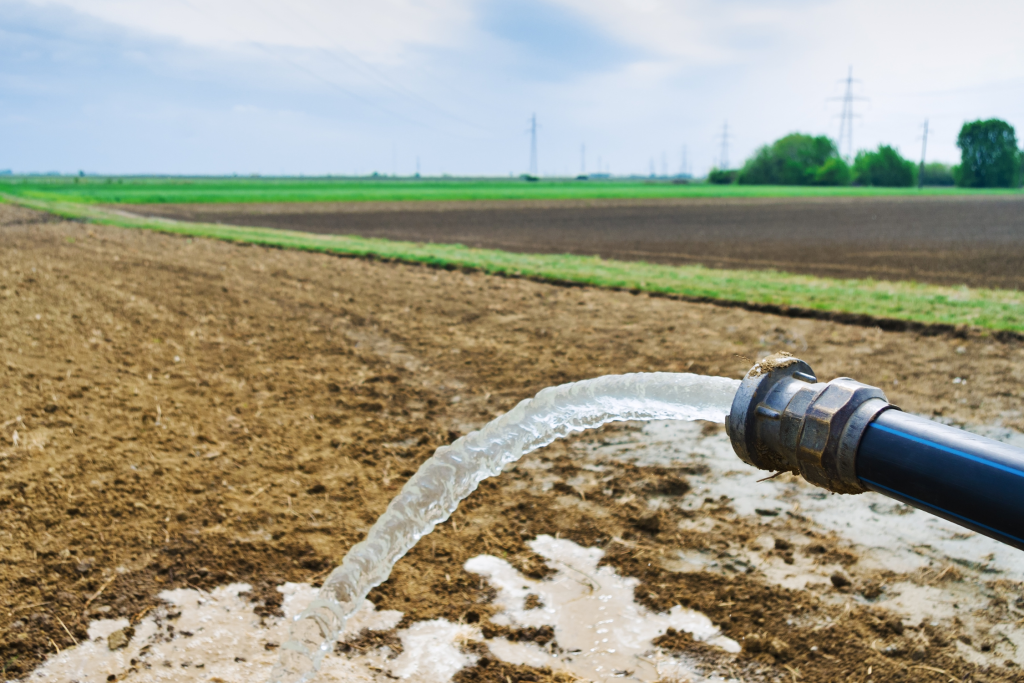Chalky soil, characterized by its alkaline pH and calcium-rich composition, poses unique challenges for gardeners. However, with the right strategies and amendments, you can transform chalky soil into a fertile and productive medium for a wide range of plants. In this blog, we’ll explore effective methods to improve and amend chalky soil, ensuring optimal conditions for healthy plant growth and vibrant gardens.
Understanding Chalky Soil
Chalky soil is derived from limestone or chalk rock formations, containing high levels of calcium carbonate. Its alkaline nature and coarse, stony texture influence nutrient availability, water retention, and overall soil structure. Improving chalky soil involves addressing these factors to create a more balanced and conducive environment for plants.
1. Soil Testing

Step 1: Before making any amendments, conduct a soil test to assess the pH level and nutrient content of your chalky soil. Soil testing kits or services from local agricultural extensions can provide valuable insights into the specific needs of your garden soil.
Step 2: Analyze the results to determine the pH level and identify any nutrient deficiencies, such as low levels of iron, manganese, or phosphorus, which are common in alkaline soils.
2. Amending Chalky Soil
Adjusting pH:
- Acidic Amendments: Incorporate acidic materials to lower the pH of chalky soil gradually. Examples include:
- Organic Matter: Composted pine needles, leaf mold, or peat moss can help acidify soil over time while improving soil structure and fertility.
- Sulfur: Elemental sulfur is a fast-acting amendment that lowers pH levels. Follow application rates recommended based on soil test results.
Improving Nutrient Availability:
- Organic Matter: Add generous amounts of well-rotted compost, manure, or composted leaves to increase organic content and enhance nutrient availability.
- Fertilizers: Apply fertilizers formulated for alkaline soils or specific nutrients identified in soil tests. Incorporate them into the soil according to package instructions.
3. Enhancing Soil Structure
Managing Stoniness:
- Removing Stones: Prior to planting, manually remove larger stones and rocks from the soil to create a more favorable environment for root growth.
- Adding Organic Matter: Mix in coarse organic materials like composted bark or perlite to improve soil structure and promote better drainage.
4. Water Management

Improving Moisture Retention:
- Mulching: Apply a thick layer of organic mulch (e.g., wood chips, straw) around plants to help retain moisture and regulate soil temperature.
- Watering Practices: Water deeply and infrequently to encourage deep root growth. Use drip irrigation systems to deliver water directly to the root zone.
5. Plant Selection
Choosing Suitable Plants:
- Alkaline-Tolerant Species: Select plants that naturally thrive in alkaline conditions. Examples include lavender, rosemary, yarrow, and certain ornamental grasses.
- Adaptation: Monitor plant health and adjust cultural practices as needed to accommodate specific plant preferences and ensure optimal growth.
Conclusion
Improving and amending chalky soil requires a combination of soil testing, strategic amendments, and thoughtful gardening practices. By addressing pH levels, enhancing nutrient availability, improving soil structure, and managing water effectively, you can create a more hospitable environment for a diverse array of plants. Embrace the opportunity to experiment with different amendments and plant selections, observing how your efforts enhance the health and productivity of your garden over time.
Remember, gardening is a journey of discovery and adaptation. With patience and persistence, you can transform chalky soil into a thriving garden oasis, showcasing the resilience of plants and the creativity of gardeners in cultivating beautiful and sustainable landscapes.



